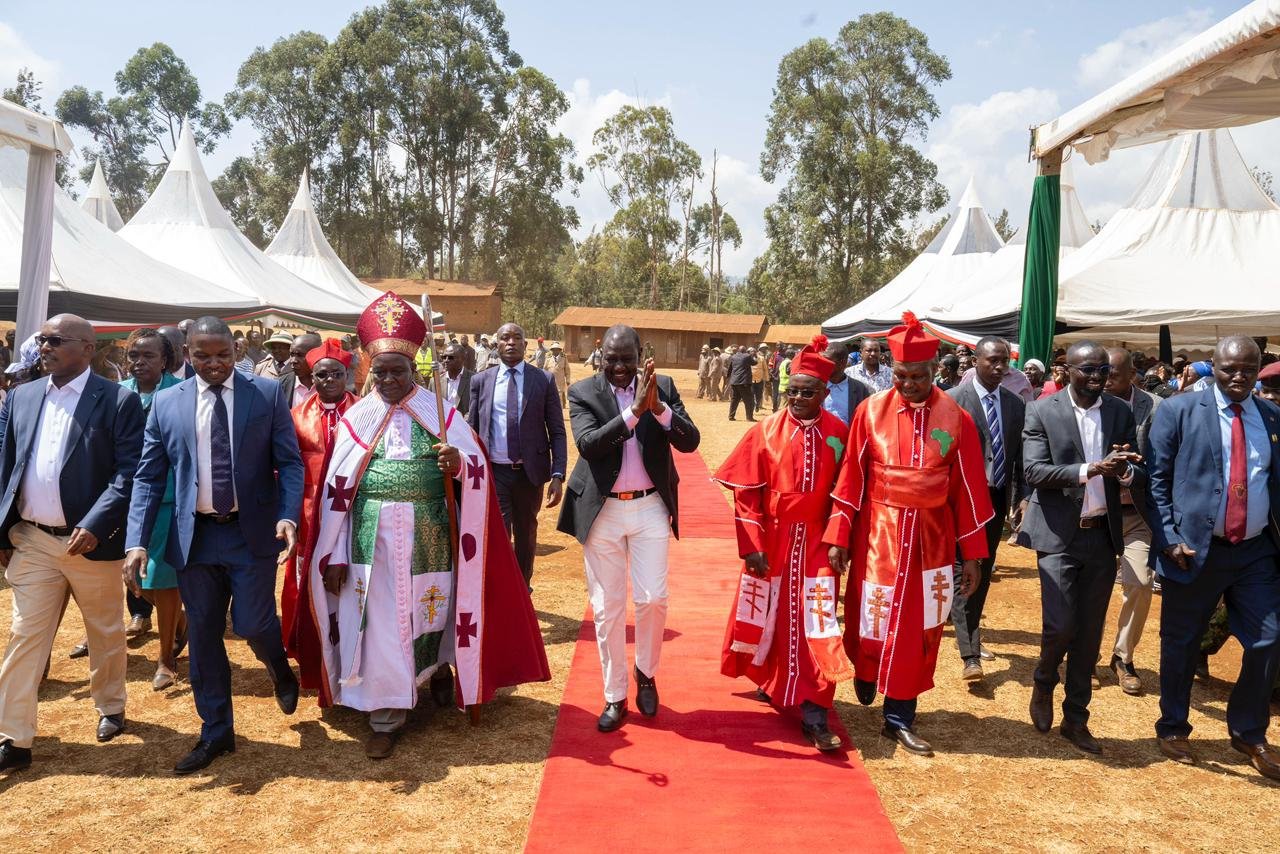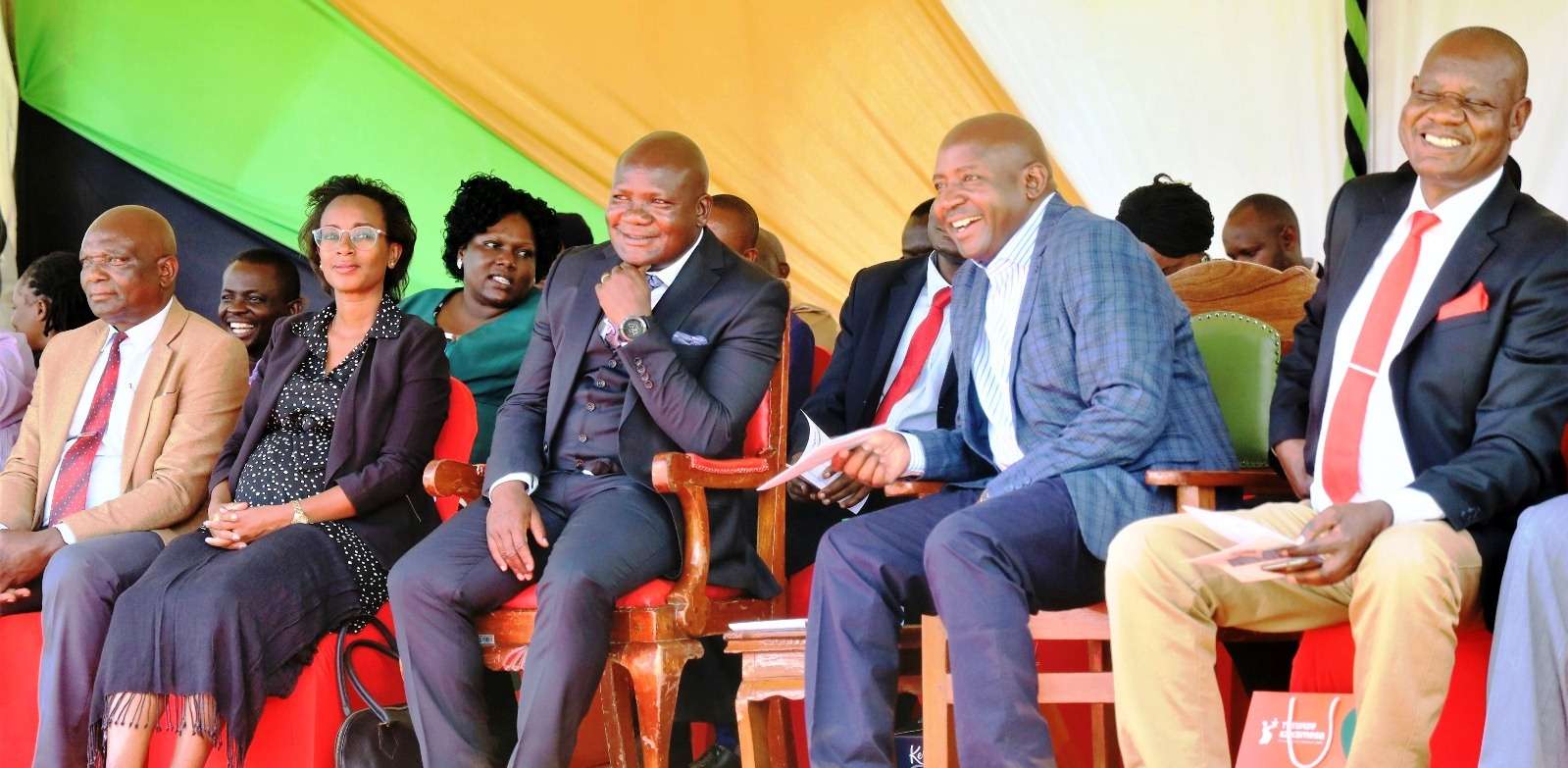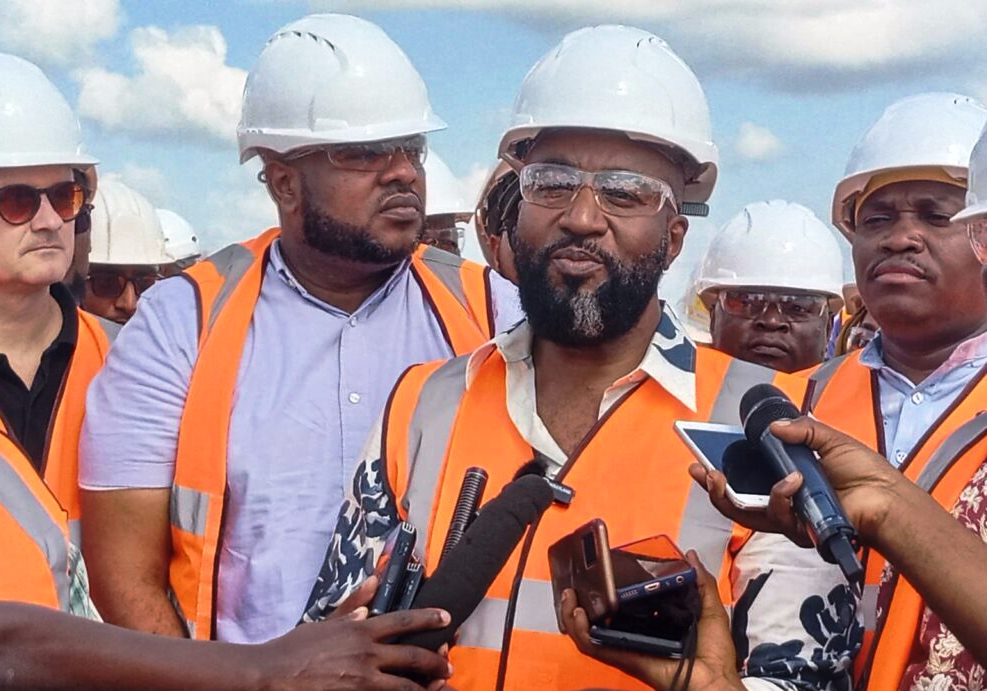By The Weekly Vision Political Desk
President William Ruto’s visit to Meru County last weekend has sparked significant discussion among political analysts and opposition figures alike. Far from a routine tour, the visit is widely interpreted as a calculated manoeuvre aimed at reclaiming Mount Kenya East from political rivals ahead of the 2027 general election.
The timing of the visit was particularly notable. It occurred amid an escalating power struggle between former President Uhuru Kenyatta and impeached former Deputy President Rigathi Gachagua, two key figures from the region whose rivalry has created a political vacuum, one that Ruto appears eager to fill.
Known for his sharp political instincts, Ruto is capitalising on the discord between the two leaders to present himself as the region’s most stable and credible political partner. The Meru event was well attended, signalling that he still commands significant support in a region that proved pivotal to his 2022 electoral success.
During the last general election, Ruto outmanoeuvred Uhuru, effectively dislodging him from the Mount Kenya political base. However, Gachagua’s impeachment has since altered the balance of influence, providing Uhuru with an opportunity to reassert himself through renewed activity within the Jubilee Party.
Amid this turbulence, Ruto has publicly distanced himself from the Kenyatta–Gachagua feud. Yet, his activities in Meru suggest a careful, behind-the-scenes effort to consolidate his grip on the region, a factor that will be crucial to his re-election ambitions.
Analysts also note that Ruto’s presence in Meru was a strategic test for his deputy, Interior Cabinet Secretary Prof. Kithure Kindiki. A native of Tharaka Nithi County, Kindiki is being quietly evaluated as a potential running mate for 2027. By observing the reception he receives in Mount Kenya East, Ruto can assess whether Kindiki retains sufficient influence to deliver the vote-rich region once again.
Beyond regional politics, Ruto’s renewed engagement with the church underscores another important dimension of his strategy. In 2022, his close association with the clergy played a critical role in shaping his image as a God-fearing leader and helped him connect deeply with Christian voters. However, relations between the President and sections of the clergy cooled after the elections, prompting a deliberate effort to rebuild those ties.
According to political observers, Ruto’s donations, reportedly exceeding KSh100 million this year , reflect a calculated attempt to restore the church’s confidence and recreate the religious momentum that propelled him to victory three years ago. The church remains a vital pillar of Kenya’s electoral landscape, particularly in Mount Kenya, where faith and politics often intersect.
Ultimately, Ruto’s visit to Meru was more than a show of political muscle. It was a strategic recalibration: part of a broader plan to secure Mount Kenya East, re-establish the church as an ally, and gauge Kindiki’s popularity ahead of 2027. As the region remains divided between Uhuru’s re-emerging Jubilee Party and Ruto’s enduring influence, the President’s ability to unite or maintain his support base could determine the trajectory of his re-election bid.





